When you hear the word “socialization” in relation to your puppy or dog, it often leads you to believe that your dog must be “social”. This conjures up images of a bunch of puppies happily playing together and freely interacting in a dog park setting. This belief can lead to bad and downright dangerous behavior. Let’s set the record straight – socialization is SO MUCH MORE than free, open interactions.
Socialization means your dog is comfortable and behaves properly in all environments. They know how to interact with and simply exist with and around other dogs, animals and people and how to be confidently left alone.
There are a few points that need some clarity right off the bat.
Socialization is not:
-
- about your dog freely interacting with other dogs at the dog park, day care, or with friends’ dogs
- allowing your dog simply to meet other dogs on-leash or off-leash
- allowing any and all shapes, sizes and manner of people, in all manner of mental and emotional states (scared, excited, indifferent, nervous, etc) interact with, pet and/or pressure your dog ‘for the experience’
- about exposing your dog to the sights and sounds of cars, buses, motorcycles, bikes, walkers, joggers, etc and allowing them to panic, aggress, hide, bark, etc.
- about exposing your dog to the sights and sounds of other dogs, cats, chickens, horses and other animals and allowing them to panic, aggress, chase, bark, hide, growl, etc.
Socialization is:
-
- about teaching your dog the proper responses to dogs. It is up to us to teach what is and isn’t appropriate behavior, and to correct the unwanted when it appears.
- about teaching your dog to calmly walk by the barking, lunging dog(s) on walks and ignore them, completely. Our dog should be focused on us, the handler and correction may be necessary to achieve this result.
- about advocating for your dog, first and foremost. This means that people aren’t allowed to pressure your dog by approaching, touching, crouching down, attempting hugs and kisses etc. That sometimes means being standing up and stopping others from engaging in unwanted, uninvited interactions.
- about exposing your dog to all types of daily life stimuli and ensuring a proper response. If aggression/arousal is present, it’s corrected, if fear/arousal is present (and causes an overreaction/fleeing etc.) it’s corrected. Ask your dog to learn to ignore and not care about distractions. Teach them to listen to you, not the world around them.
- about teaching your dog to leave other creatures alone unless you specifically ask or give them permission to interact. The cat, the bird, the cow, the goat, the other dog is simply none of their business. If they decide those things are their business, it’s your job to correct and clarify what is and isn’t their business at this specific moment.
Socialization has become too much of a simplified idea. The idea that free interaction and exposure is the magic gateway to having a balanced dog is just a bunch of crap. Exposure is a starting point, but building controlled and predictable behavior through training and oftentimes correction is the end goal.
A well socialized dog isn’t phased or distracted by the world around them. And that doesn’t come from simple exposure and interactions without guidance. Ironically, that’s precisely how you create fearful, unpredictable and anti-social dogs.
Socialization is all about teaching your dog how to properly and predictably behave and exist in the world. Somewhere along the line, people developed a belief that only interactions create a socialized dog. They don’t understand that existence is almost always preferable to and more valuable than actual interaction. Yes exposure is critical, but exposure without clear guidance and corrections for poor choices, isn’t socialization, it’s chaos. It’s up to us to teach our dog what’s right and wrong and that we will keep them safe.

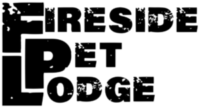
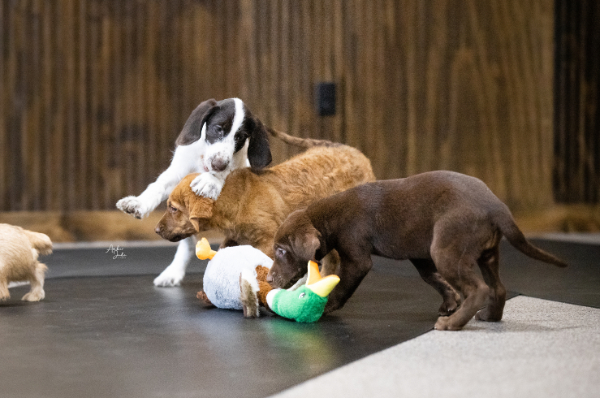
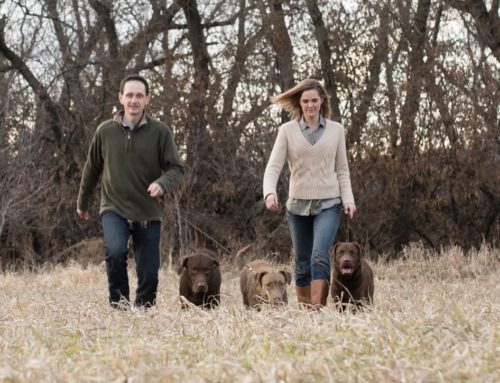
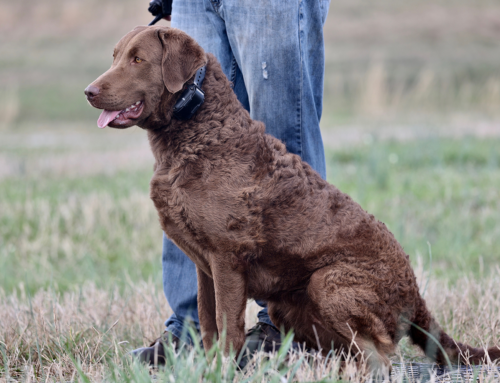
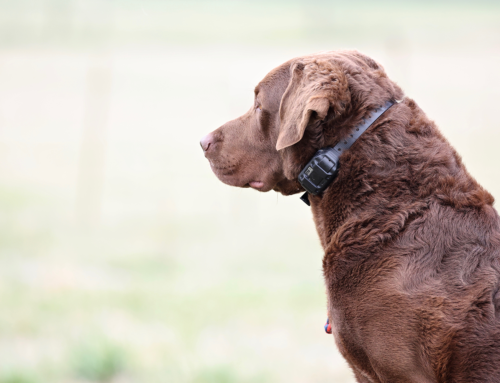
excellent article ……….all dog owners would benefit from reading and absorbing this